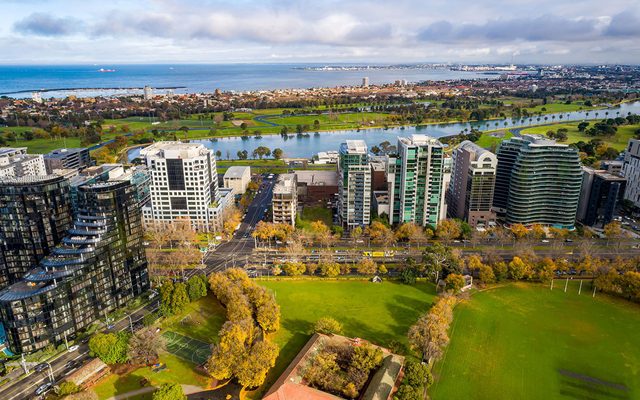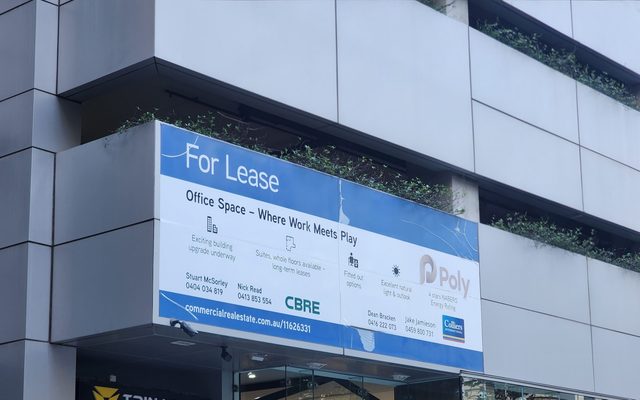This article is from the Australian Property Journal archive
PARRAMATTA's prime office market is going from strength to strength thanks to demand for green buildings, according to Knight Frank.
But tenants’ preference towards green buildings is having an adverse effect on the secondary market.
Knight Frank’s New South Wales research manager Selina Poyner said demand is being driven by cost sensitive tenants seeking affordability alternative locations to the Sydney CBD and fringe markets,
“The divergence between Parramatta and Sydney CBD rents has never been so great, with average prime grade rents in Sydney CBD almost double that on offer in Parramatta,” she added.
Poyner said this year Parramatta will witness a large injection of new supply – increasing the total stock base by 12%. But, it is anticipated to have a minimal impact to A grade vacancy as 86% of this space currently pre-leased.
According to Knight Frank, despite that 2007 will be a record year for the Parramatta market with 73,465 sqm due for completion including the major projects of 18,000 sqm at 101 George Street, 10,500 sqm at 25 Smith Street and 22,000 at 2-4 George Street – vacancy rates will continue to fall.
Net absorption for the second consecutive period continued to trend above the 15-year historical average of 6,756 sqm per annum, with 22,766 sqm recorded for the year to July 2007.
A grade stock witnessed the strongest demand, with net absorption of 14,288 sqm. This was driven by the flight to quality, with tenants expanding and relocating from secondary grade space to higher quality stock.
Knight Frank’s office leasing associate director John Siciliano said some significant lease transactions seen in Parramatta in the past 12 months, including 30,000 sqm by the Australian Tax Office, 17,000 CBA, and 10,000 for the RTA.
One notable glitch in new stock is the much anticipated $1.4 billion redevelopment of the three hectare Civic Place site, over which the Land and Environment Court has just upheld a case against Parramatta City Council.
The decreasing vacancy has resulted in the gross face rents increasing across the board with prime rents up 2.7% to an average of $385 per sqm and secondary rents increasing 2.0% to an average $330 per sqm.
Meanwhile, increasing rents has attracted investors to the market.
Sales activity was up 21% in October 2007 compared to the previous year, with $165.40 million (above $10 million) transacted.
Over the same period, market yields for both prime and secondary stock experienced further compression. Prime yields were down 50 basis points to range from 6.75% to 7.50%, whilst secondary stock yields fell 60 basis points to between 7.75% and 8.50%.
Poyner said unlisted funds were the only active purchasers in the market, acting as purchasers in all four transactions, resulting in unlisted funds now owning 28% of office stock in the Parramatta market in comparison to their listed counterparts who now hold 14%.
Meanwhile, Poyner said the flight to quality means owners will need to be green to attract or retain their tenants.
“This is being driven not only by the broader property industry expectation of increasingly sustainable tenancies, but also by the policy in place since July 2006 that State Government authorities are required to give preference to buildings with an ABGR of 3.5 stars or above.
“Over the next 12 months, prime vacancy rates are expected to trend further downwards on the back of strong pre-commitment levels to new stock entering the market. However, secondary vacancy rates may experience an increase as existing tenants in the market relocate from secondary grade stock to these higher grade buildings,” Poyner concluded.
Australian Property Journal



